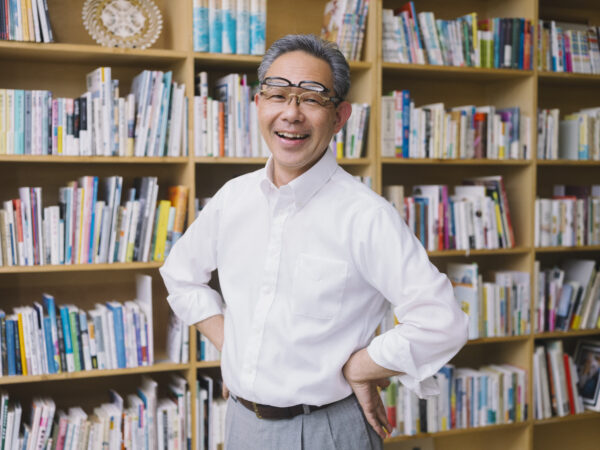
Making an Impact on a Small Scale : An interview with Director of Tokyo Artpoint Project Mori Tsukasa
執筆者 : Sugihara Tamaki (Interview and text) , William Andrews (Translation)
2025.05.21
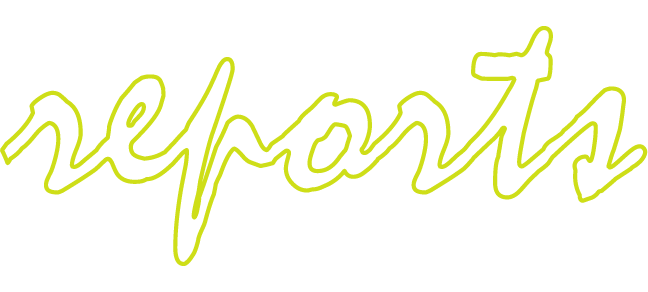
2025.05.21
執筆者 : Sugihara Tamaki(Interview and text) , William Andrews(Translation)
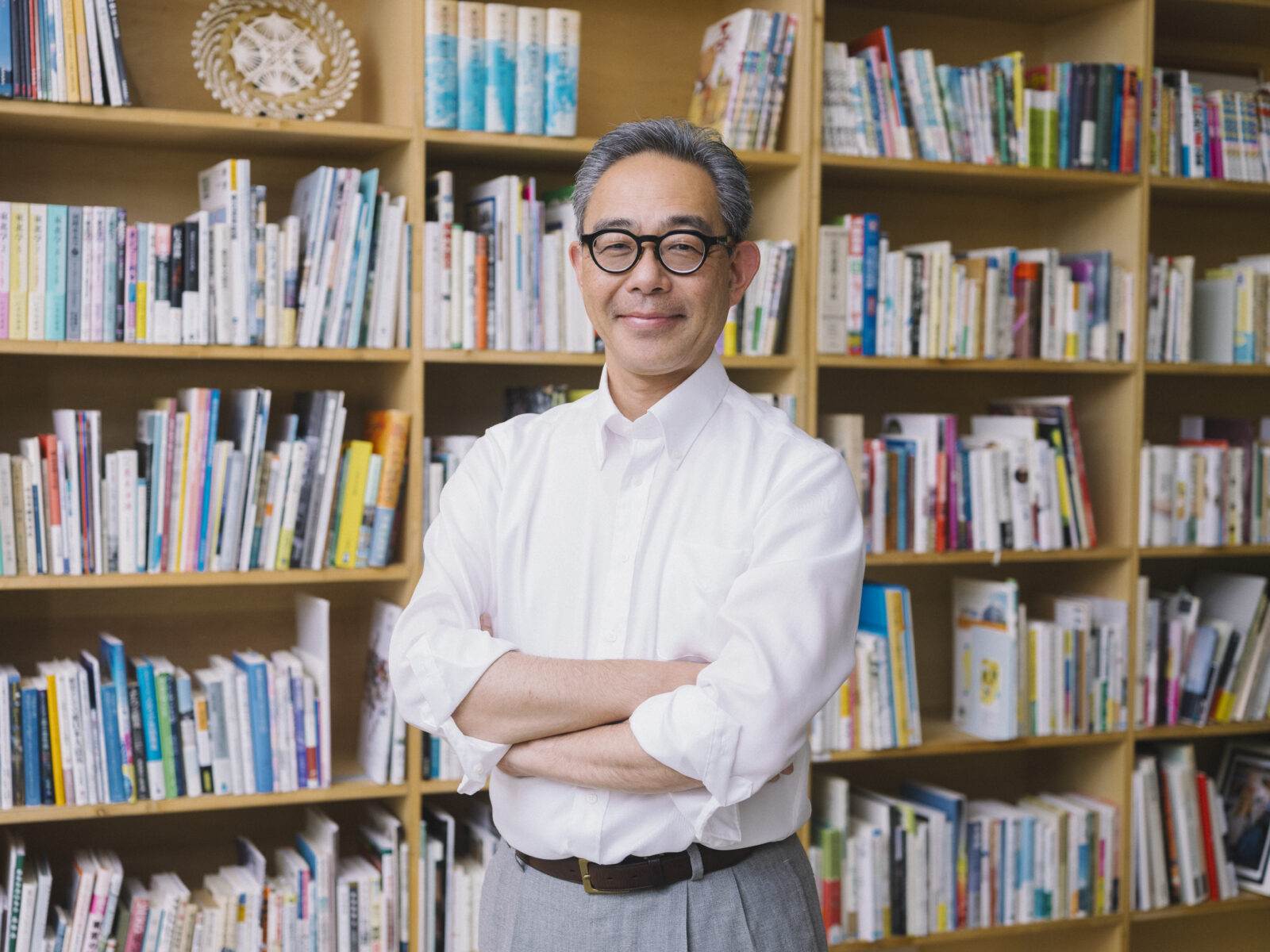
*This is a translation of an interview originally published in the Tokyo Artpoint Project annual report Artpoint Reports 2024→2025 (March 25, 2025).
What kind of year was 2024 for people in the cultural sector? Mori Tsukasa examines the things we lost during the pandemic and discusses the importance of culture.
In the interview last year, I spoke about how things were returning to a state of normality as the pandemic receded, but that there was a feeling among people working in the cultural sector of being out of joint, of something that felt different from how things were before the pandemic. This year was one in which we really had a sense of the many things we had lost through that discrepancy. On Miyake Island, where we once co-organized a project, the whole island was evacuated for a period of four years and five months due to an eruption in the year 2000, as a result of which the festivals faded away. In the cultural sector, the current situation feels similar to that.
So what has been lost? It’s know-how in terms of knowledge, technique, and experience. We can no longer take tacit knowledge for granted. And that’s the case for both audiences and producers. Looking at it differently, the projects and places able to maintain their know-how without interruption will become stronger, while those that lost that know-how will ebb away. This is the tipping point where we find ourselves.
That was particularly apparent with the difference between the managers and participants of the art project Memorial Rebirth Senju, organized annually by Art Access Adachi: Downtown Senju – Connecting through Sound Art. Ongoing since 2012, the team behind it has cultivated members from before the pandemic and a local community has emerged from its efforts. As such, even though the project’s event was cancelled during the pandemic and not held again for four years until 2024, the team was able to produce an event that attracted some 6,500 people.
But this wasn’t the case with the participants. At the event, the air fills with soap bubbles and everyone forms a circle to dance. Previous participants knew to dance and move. But this time, there seemed to be lots of people who preferred to enjoy the event as a spectator, sitting down in front of the stage just to watch.
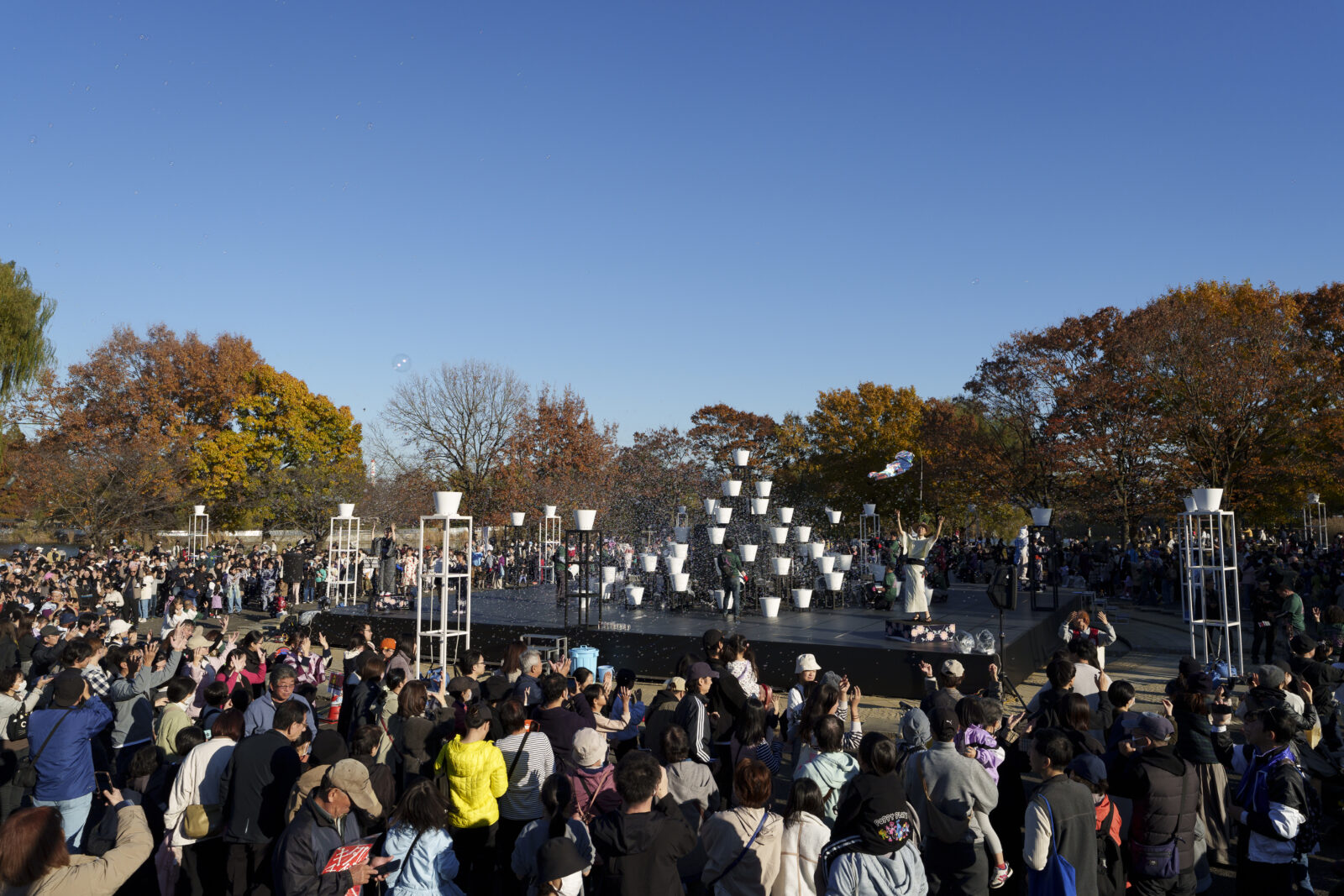
It seems necessary to prepare a manual for staff on-site. In principle, if you come up with a good idea and market it well, the only thing left is for participants to come and enjoy themselves. But it now feels harder for that to happen naturally. It seems like we must prepare three things—planning, marketing, and an operation manual—and “design” ways to participate in terms of affordance and instructions that prompt certain kinds of user experience.
For those in the cultural sector, the crucial thing is to create opportunities for participants to encounter “something” and then take that away with them, and experiences unlike those of a consumer are the ones that lead to really important levels of audience satisfaction. For the past few years, we have engaged in improving accessibility so that everyone can come into contact with and participate in arts and culture, irrespective of differences in ability or disability, generation, nationality, and so on. Harnessing the know-how gained through that, it now feels necessary to go back to design and build ways to participate.
The background behind the initiative was Tokyo Cultural Strategy 2030, indicating the future direction of cultural policy in the metropolis, and in which partnerships with local governments were proposed. At the same time, we are starting to see the potential of sharing the approaches we have cultivated through Tokyo Artpoint Project with officials in local government. Not only coming into contact with nonprofits through open calls like usual, we hope that also working alongside local governments from the outset might lead to fresh developments in our endeavors.
The challenges are already apparent. For example, the government talks about solving social issues, but if trying to engage sincerely with social challenges through a cultural project that doesn’t fundamentally possess the function to solve things, we need to grasp what the problem is, what has been achieved so far, and the extent of our expectations on culture. And we have to envision our approach as people in the cultural sector. We are working to convey that to officials in local government and raise the clarity of our interactions with society and the community. Having jointly organized programs in partnership with nonprofits, the Tokyo Art Point Project is described as a “nonprofit model.” While retaining the DNA we have had for sixteen years, we are now responding to the changing circumstances, and assuming a mindset akin to shedding our skin.
Tokyo Art Research Lab also plays a vital role as a place for doing groundwork and research before putting things into practice. To build partnerships with local governments, we are going to various places to meet officials. In short, this is an activity that begins with learning through seeing and listening. To facilitate new kinds of activities instead of just subsidizing existing activities, it is crucial to have time to try things out before launching such an initiative. In that respect, Tokyo Art Research Lab serves as a place to learn for us and as long as it’s around, I think we can do unique work.
By teaming up with local governments, nonprofits join as partners, and work to tackle social issues through culture and the arts. In that sense, the idea of responding to government issues through art and culture as discussed until now has become more lucid at a systematic level.
If I try to use the term “art point” here, I’m talking about the social implementation of art points. The previous approach was a social model, but we took that and are developing it into a nonprofit model in partnership with local governments. This means taking the plunge into tougher projects; it’s a new endeavor, not a step back. Indeed, this is where the work of Tokyo Artpoint Project begins.
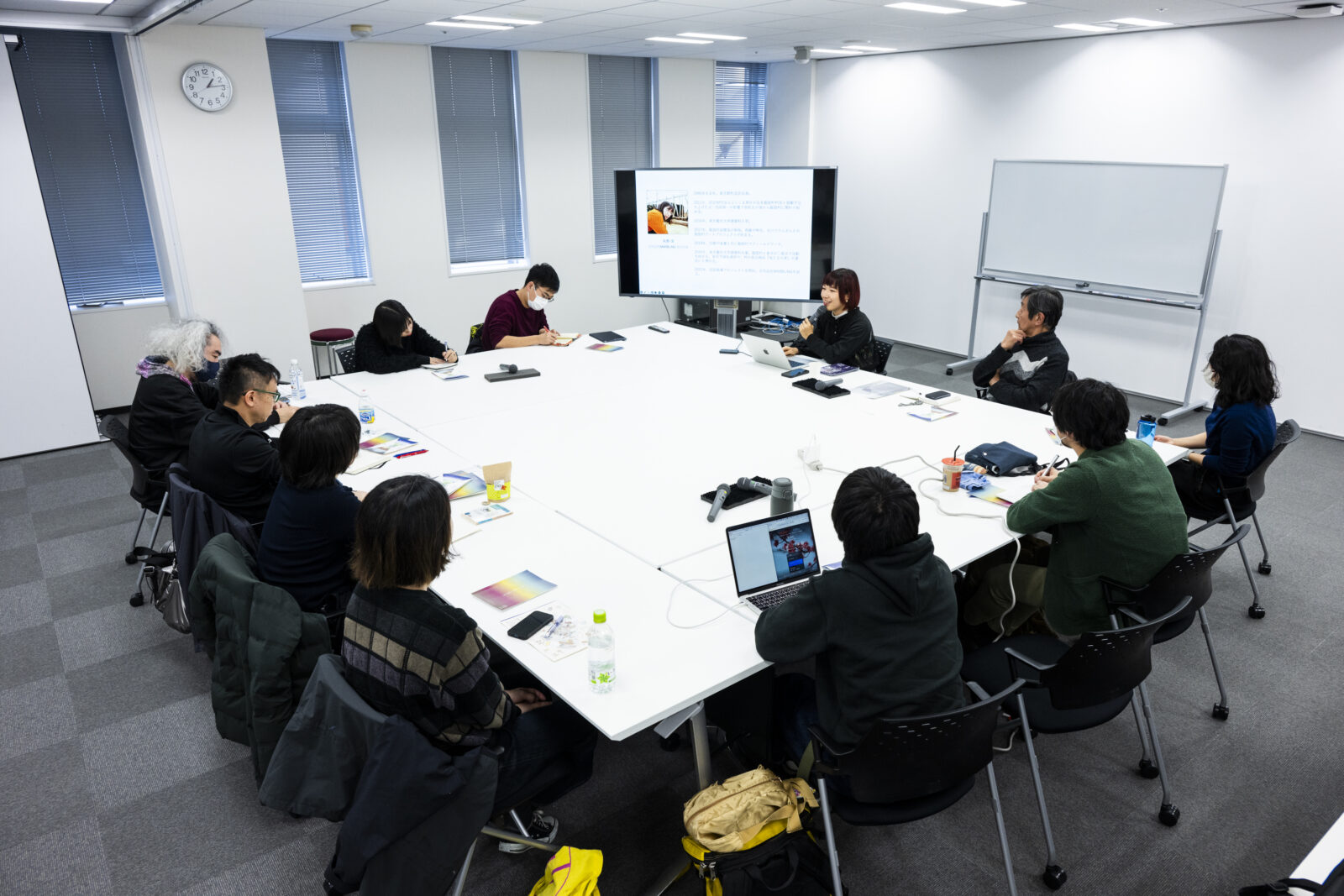
Yes. The really vital thing here is how we define art. Art is often seen as a financial investment or as something to view quietly in a museum, but the art project model is different and is connected to everyday life. The strength of art projects is that a community emerges through art and that we are able to gain insights about how we differ from others. The importance of implementing such activities socially through the Tokyo Metropolitan Government & Tokyo Municipality Collaboration Project won’t just increase in the future, but become essential.
As social conditions grow increasingly tough in the future, people will question what it means to live a rich life. What should we do about social isolation? How should we design the last years of our lives? In short, how can we allow people to live their lives humanly? Arts and culture is the only way to engage with that question of well-being outside of medical care and religion.
What living a rich life means is a question that affects the dignity of everyone, which means we cannot remain a consumer but must engage with artistic expression and activities. When that happens, I think demand will grow for ways to open up art projects, for ways to get involved in society, and for ways to create places where we can belong. It means, resisting the forces of consumption and integrating art into daily life. And I believe that this is what Tokyo Artpoint Project can do.
―
Mori Tsukasa|Director, Tokyo Artpoint Project (Arts Council Tokyo)
Project Coordination Division Chief, Arts Council Tokyo (Tokyo Metropolitan Foundation for History and Culture)
Special Guest Professor, Joshibi University of Art and Design
Adjunct instructor, Tama Art University
Born in 1960 in Aichi, Mori Tsukasa worked from 1989 to 2008 at Mito Arts Foundation, where he was involved as a curator in the opening of Art Tower Mito’s Contemporary Art Center. He was responsible for curating various solo and group exhibitions, including Christo (1991), Tadashi Kawamata DAILY NEWS (2001), Katsuhiko Hibino: Hibino Expo 2005 (2005), and Tatsuo Miyajima | Art in You (2008).
In 2009, he joined the Tokyo Metropolitan Foundation for History and Culture, where is involved with running art projects in communities in partnership with nonprofits as the director of the intermediary support program Tokyo Artpoint Project, and also oversees the Tokyo Metropolitan Government & Tokyo Municipality Collaboration Project.
From 2011 to 2020, he was director of Art Support Tohoku-Tokyo, providing help to areas of northeast Japan affected by the Great East Japan Earthquake through arts and culture. From 2015 to 2021, Mori was project director for the official Tokyo 2020 Cultural Olympiad programs Tokyo Caravan and TURN. He is currently involved with promoting Creative Well-being Tokyo and improving the Tokyo Metropolitan Foundation for History and Culture’s accessibility.

執筆者 : Sugihara Tamaki (Interview and text) , William Andrews (Translation)
2025.05.21
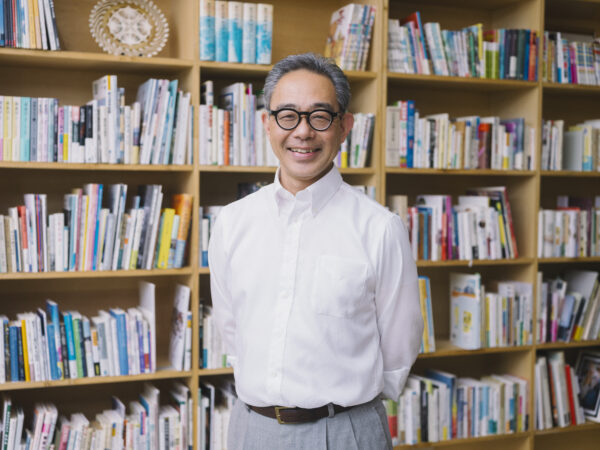
執筆者 : Sugihara Tamaki (Interview and text) , William Andrews (Translation)
2025.05.21

執筆者 : Sugihara Tamaki (Interview and text) , William Andrews (Translation)
2024.11.27